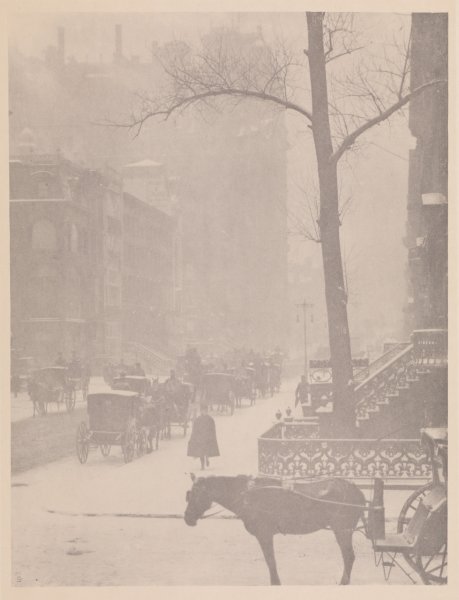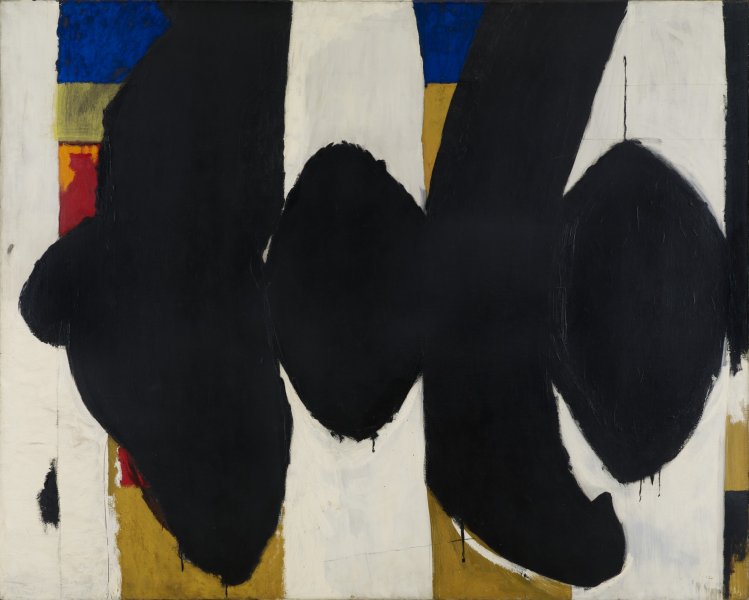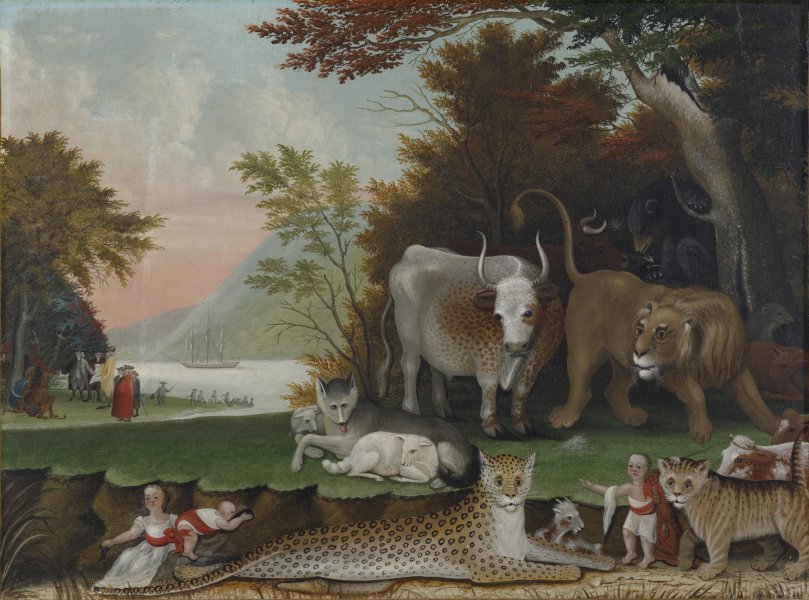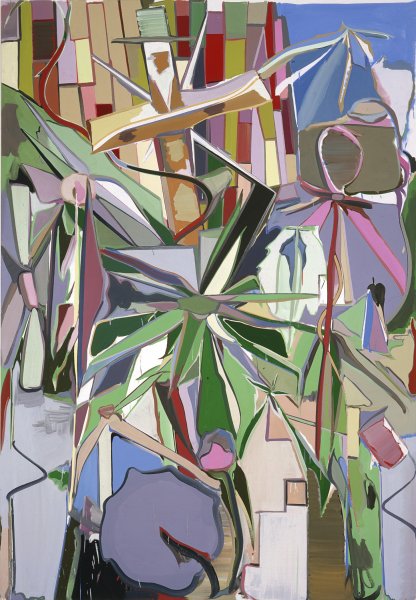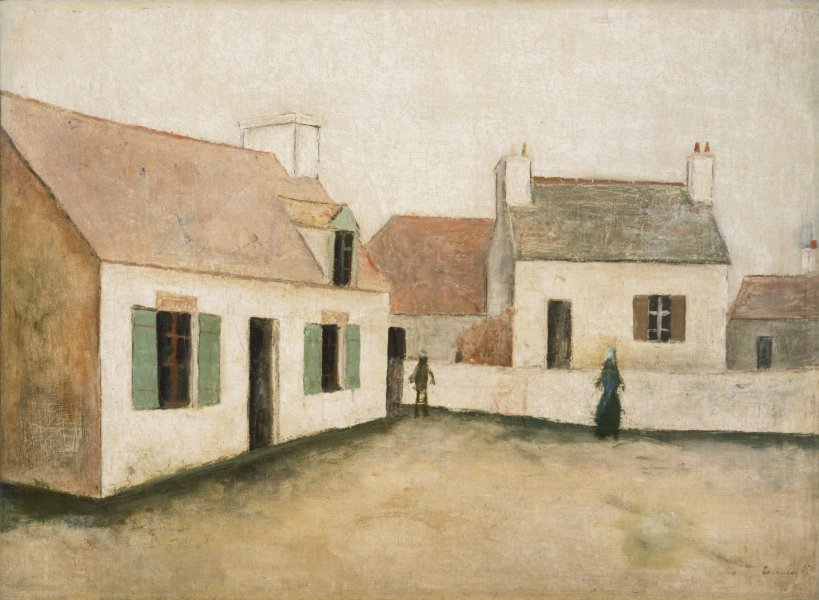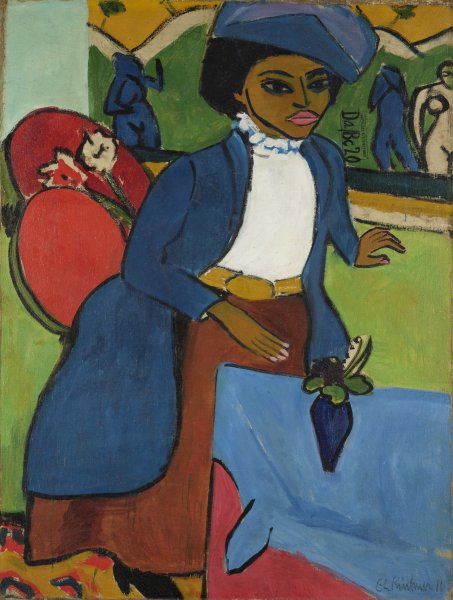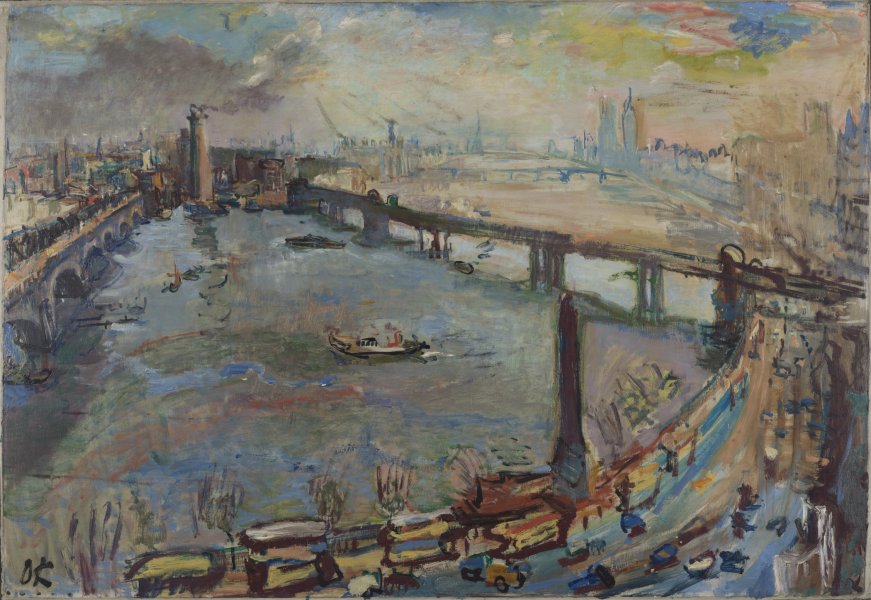Chuck Close
American, 1940-2021
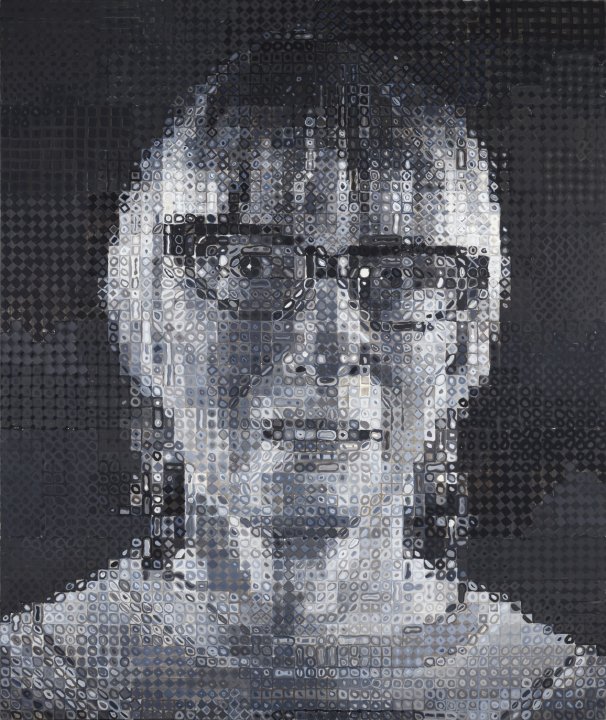
Chuck Close (American, born 1940). Janet, 1992. Oil on canvas, 100 x 84 inches (254 x 213.4 cm). Collection Albright-Knox Art Gallery, Buffalo, New York; George B. and Jenny R. Mathews Fund, 1992 (1992:15). © 1992 Chuck Close
Janet, 1992
Artwork Details
Collection Highlight
Materials
oil on canvas
Measurements
support: 100 x 84 inches (254 x 213.36 cm)
Collection Buffalo AKG Art Museum
Credit
George B. and Jenny R. Mathews Fund, 1992
Accession ID
1992:15
During the 1960s, Chuck Close merged painting and photography to create an innovative approach to portraiture. Using snapshots as his source materials, the artist airbrushed photorealistic likenesses of himself, his family, and friends. Early critics remarked that the works lacked any real content and amounted to no more than direct translations of the original images. Close, however, argued that they explored perception and the role of the artist’s hand in establishing the difference between mechanical reproduction and painting. As his process evolved, Close began employing a grid to enlarge and re-render images on his canvases—updating an age-old technique popularized by Renaissance artists. The resulting large-scale works uniquely combined his fastidious attention to physical detail with abstract markmaking. Rather than copying the photograph precisely, the artist treated each squared section of the canvas as an individual composition made up of varying shapes. When standing close to this painting, it is hard to discern the subject’s features. However, the further back one moves, the clearer they become. The sitter depicted in this work is Close’s friend, artist Janet Fish. Fish recalls initially preparing herself for a "not so wonderful" image to come of the process, but in the end, she was very pleased and commented that Close had captured throughout the painting a "sparkle that I liked, a jump, and the way things moved very fast.”
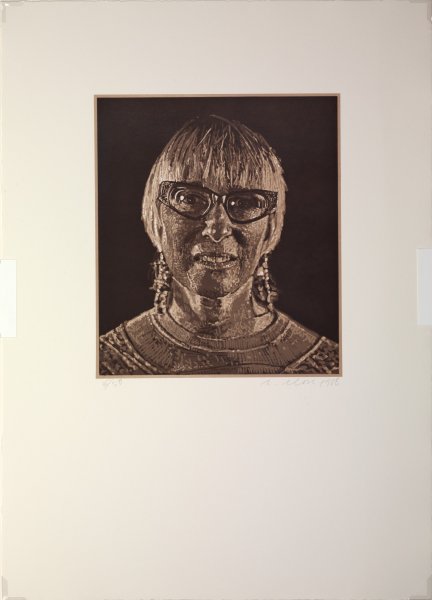
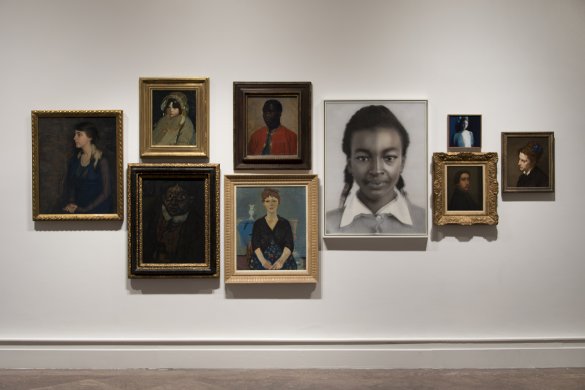
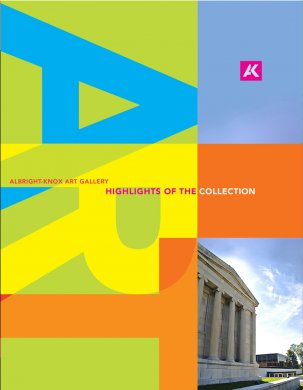
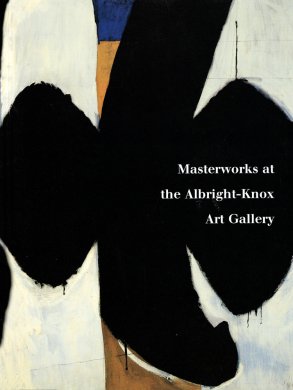
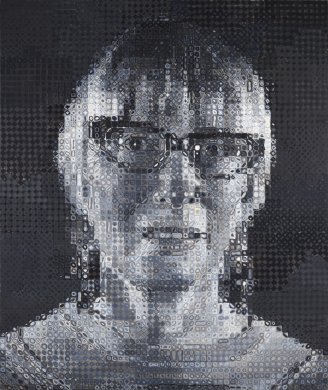
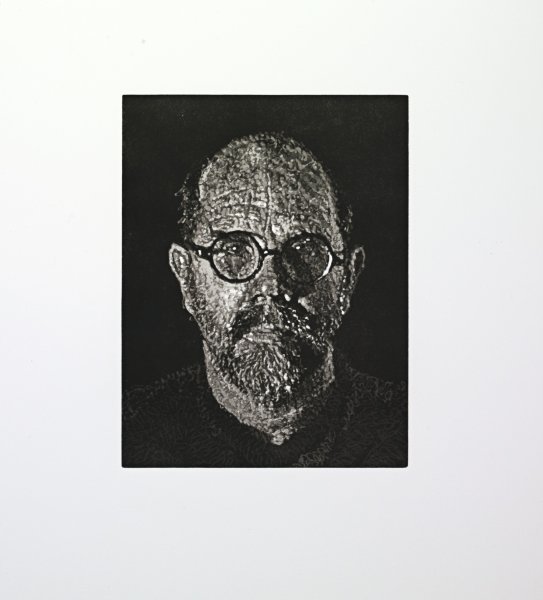
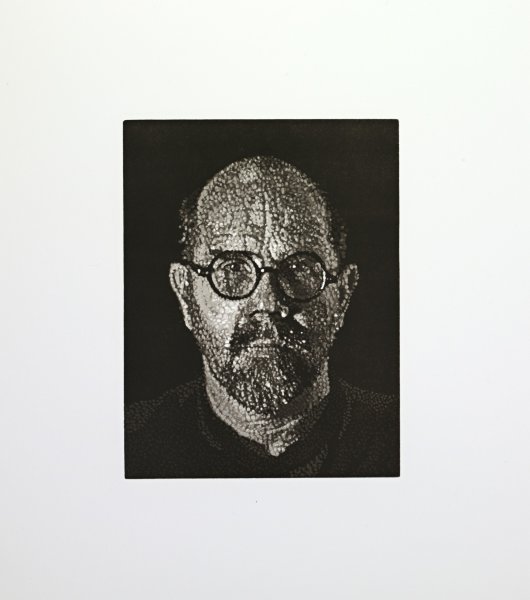
![[no title]](/sites/default/files/styles/callout_fixed_height/public/artwork/1978_005_o2.jpg?itok=HhIhpiJk)
